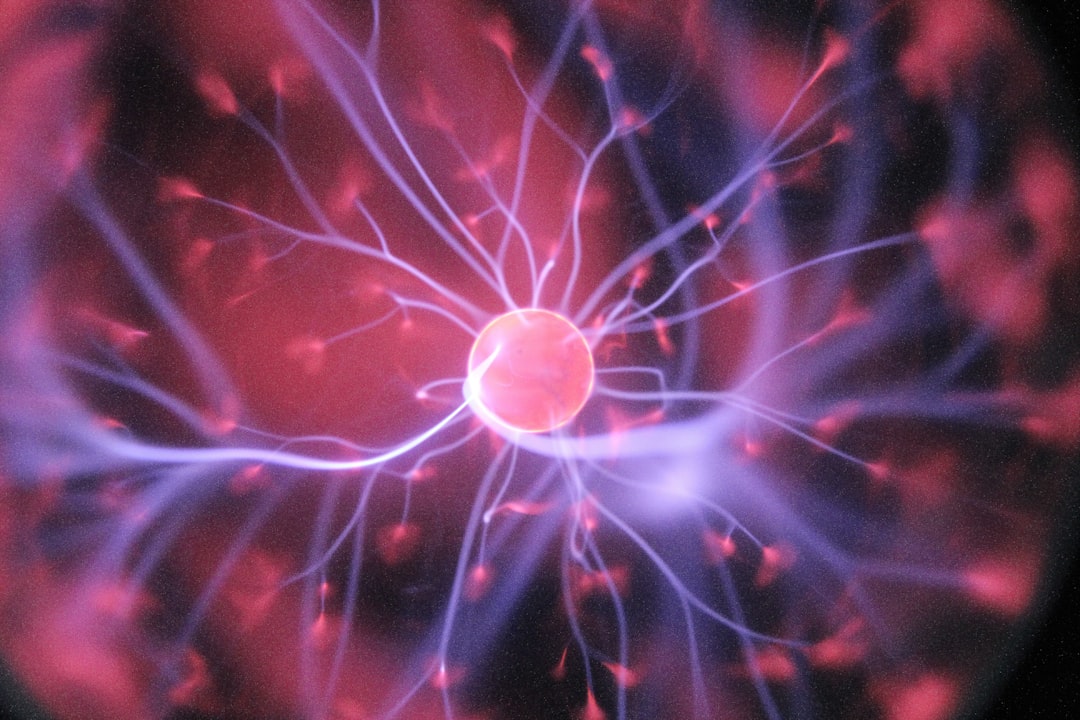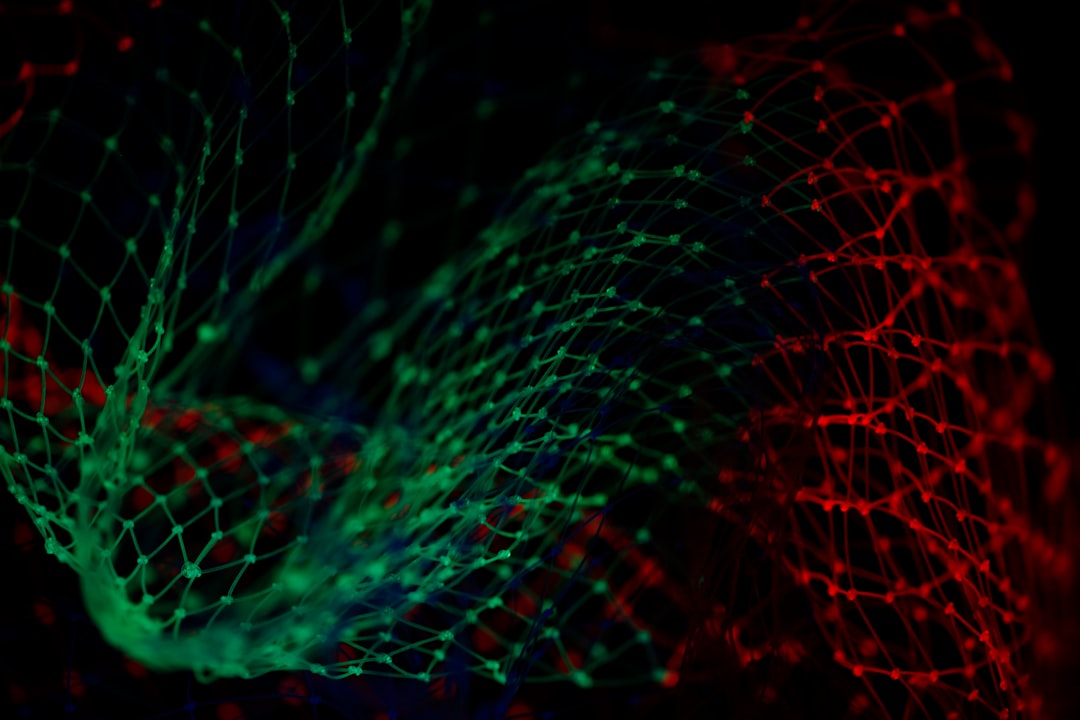What is it about?
The vaginal microbiota influences the susceptibility of women to infection with pathogens such as HIV, with much of this effect thought to be due to increased vaginal inflammation in women colonized with a non-optimal microbiota. Here we show that lactic acid (which is produced by bacteria that dominate in women with an optimal vaginal microbiota) mediates a potent and unique anti-inflammatory effect on cells of the female genital tract, and protects against pathogen-elicited inflammation. This activity may be responsible for the ability of lactic acid-producing bacteria to prevent genital inflammation in vivo and protect against HIV infection. We also show that factors produced by bacterial communities present in women with a non-optimal vaginal microbiota dysregulate the inflammatory response of cells from the female genital tract, which may contribute to increased inflammation and heightened HIV transmission.
Featured Image

Photo by Charles on Unsplash
Why is it important?
These findings contribute to our understanding of how commensal bacteria and their products influence sexual and reproductive health outcomes in women, and have potential to inform the development of female-initiated strategies to prevent the sexual transmission of HIV and other sexually transmitted infections by the use of lactic acid and/or probiotic approaches to mitigate vaginal inflammation
Perspectives
The project behind this article is focused on understanding the role of the vaginal microbiota and their metabolites on the cervicovaginal epithelium and how these metabolites may impact female sexual and reproductive health outcomes. Although this specific sub-project was performed in vitro, our ultimate goal is to validate our findings in vivo.
David Delgado Diaz
Burnet Institute
Read the Original
This page is a summary of: Distinct Immune Responses Elicited From Cervicovaginal Epithelial Cells by Lactic Acid and Short Chain Fatty Acids Associated With Optimal and Non-optimal Vaginal Microbiota, Frontiers in Cellular and Infection Microbiology, January 2020, Frontiers,
DOI: 10.3389/fcimb.2019.00446.
You can read the full text:
Contributors
The following have contributed to this page










